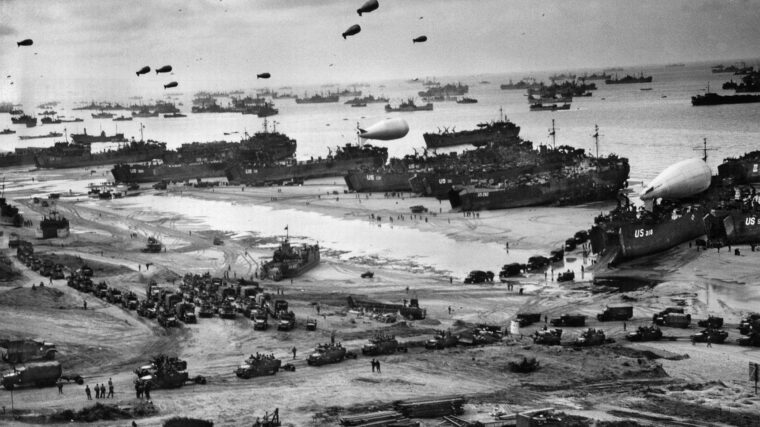
Allies
Duel in the Desert: Operation Crusade’s Battle of Bardia
By Allyn VannoyThe desert sky lit up like a summer lightning storm on the night of December 31, 1941. The distant thunder of hundreds of guns rolled across the sandy, stony ground. Read more






















